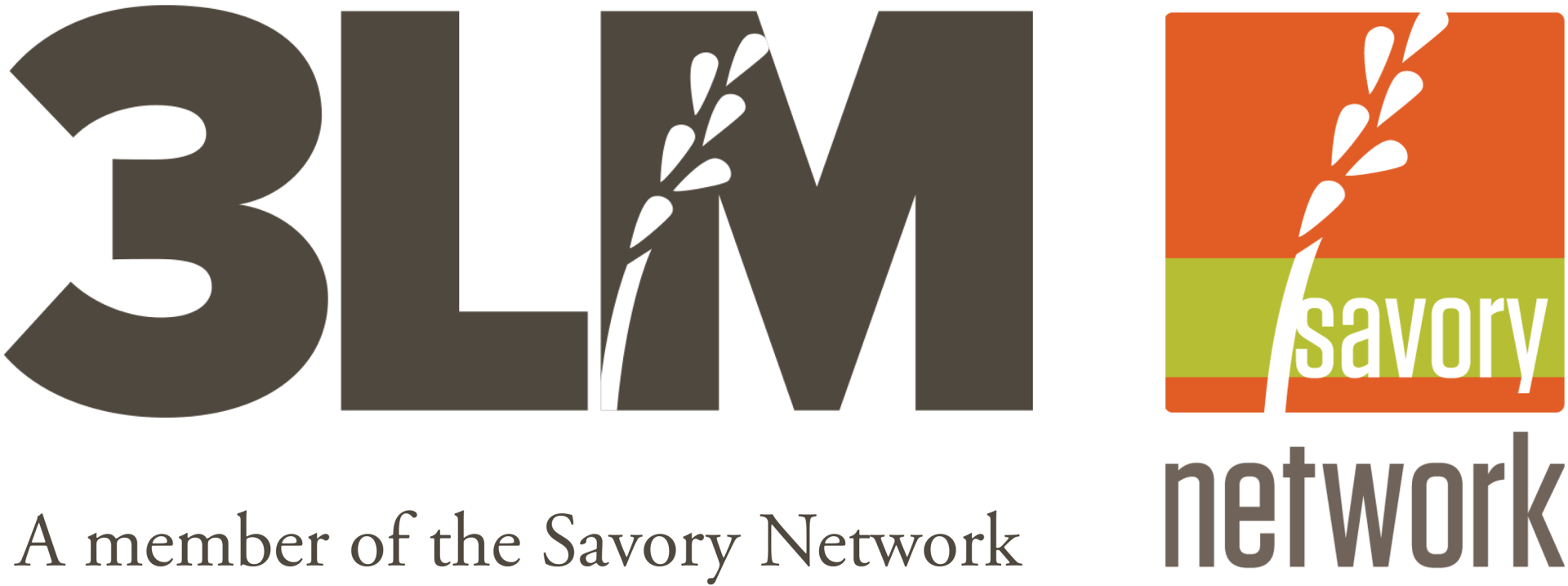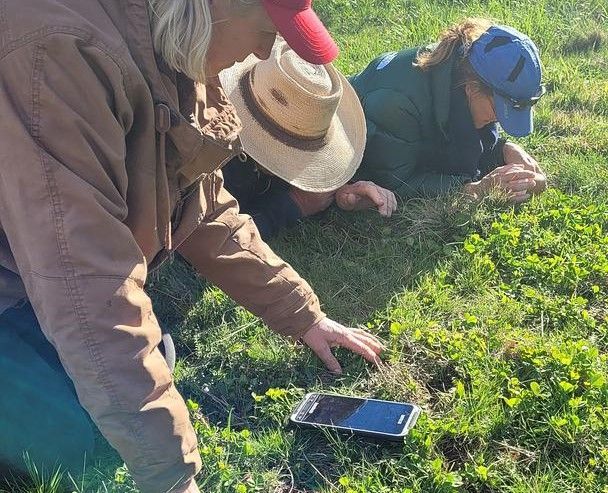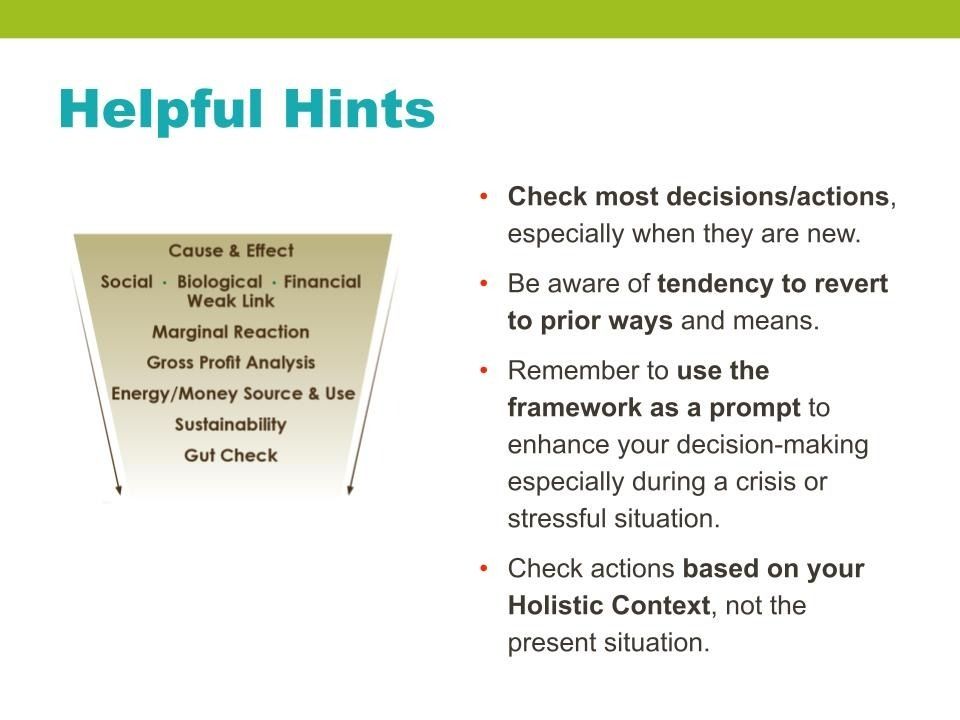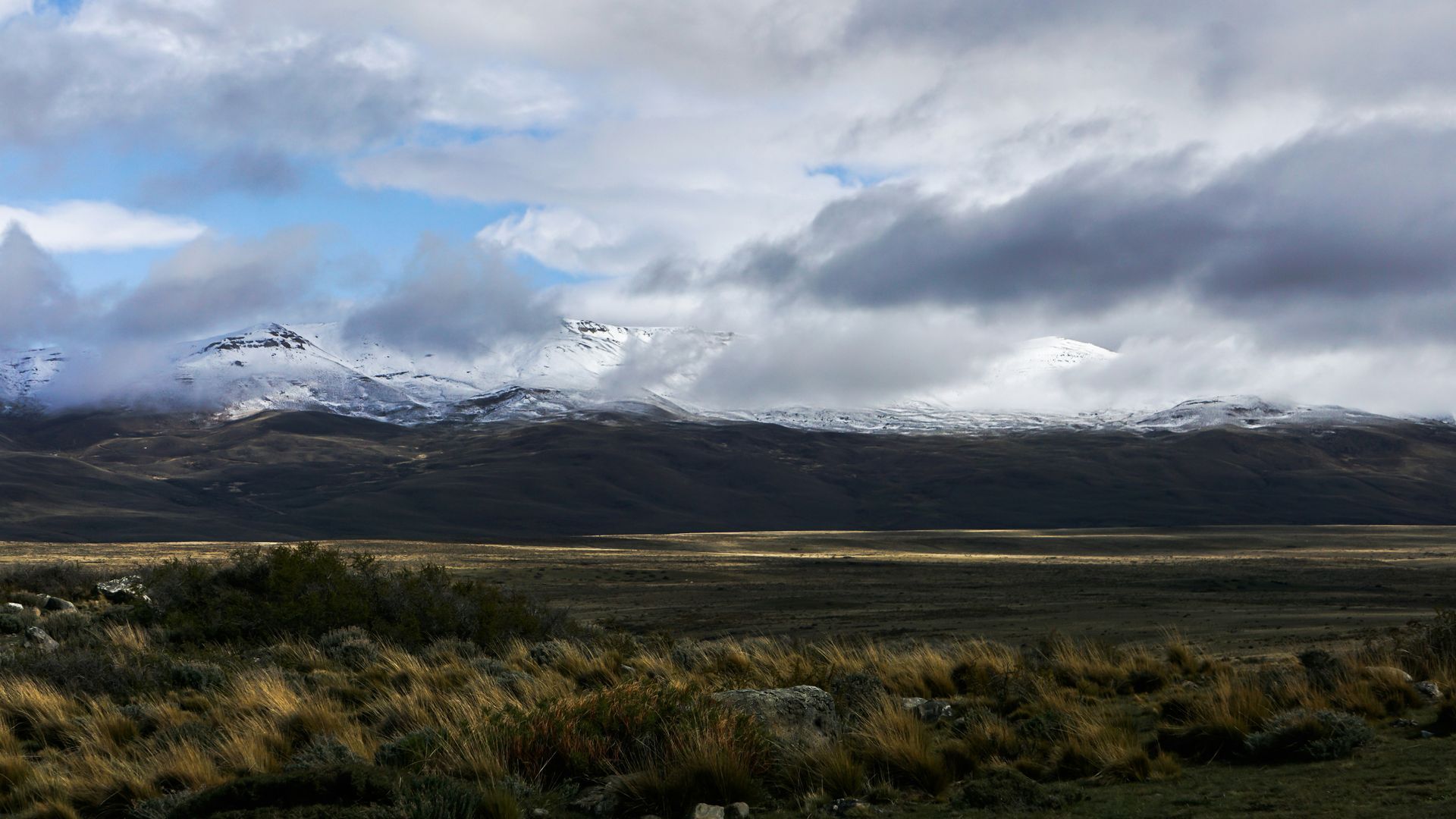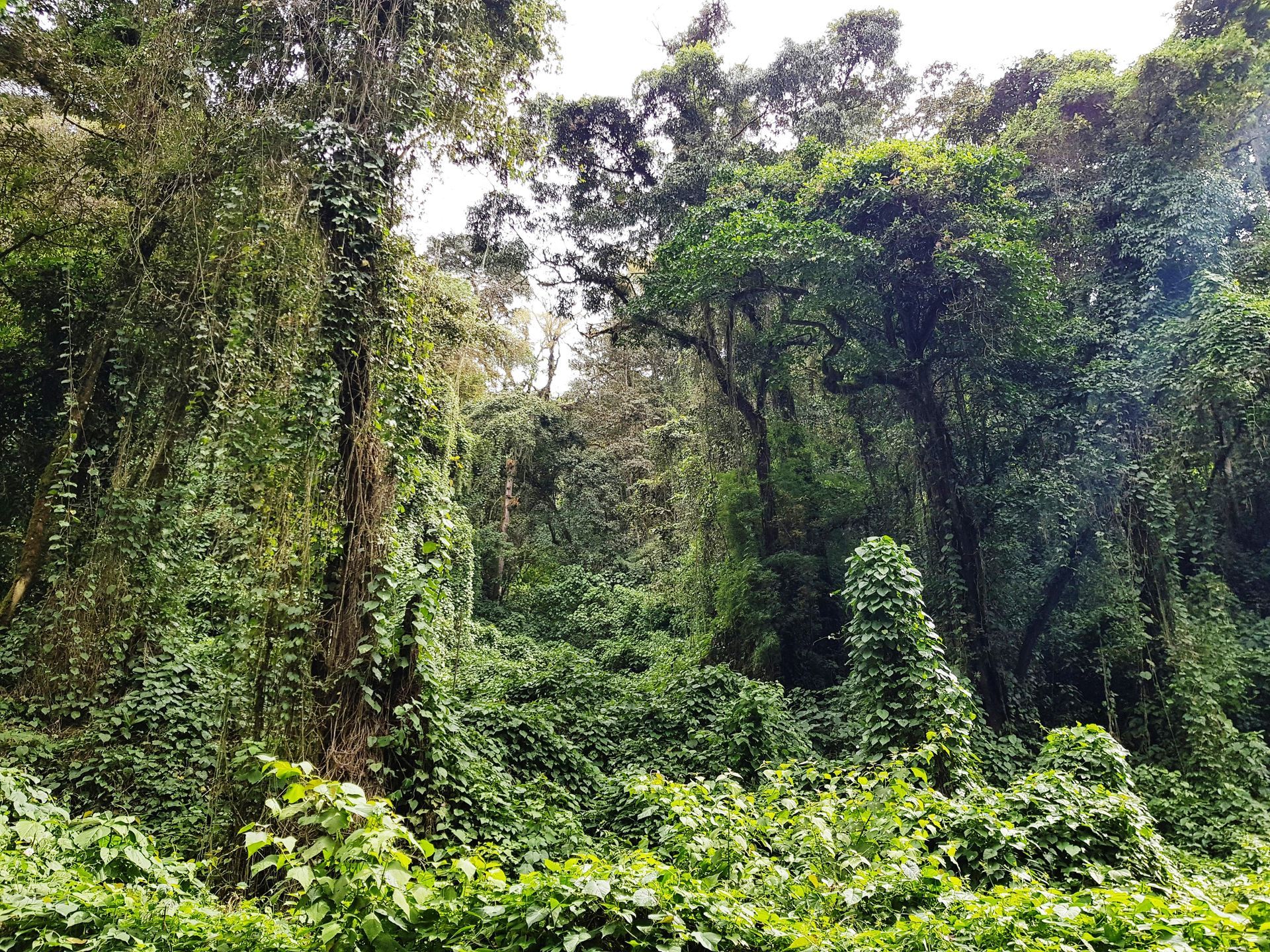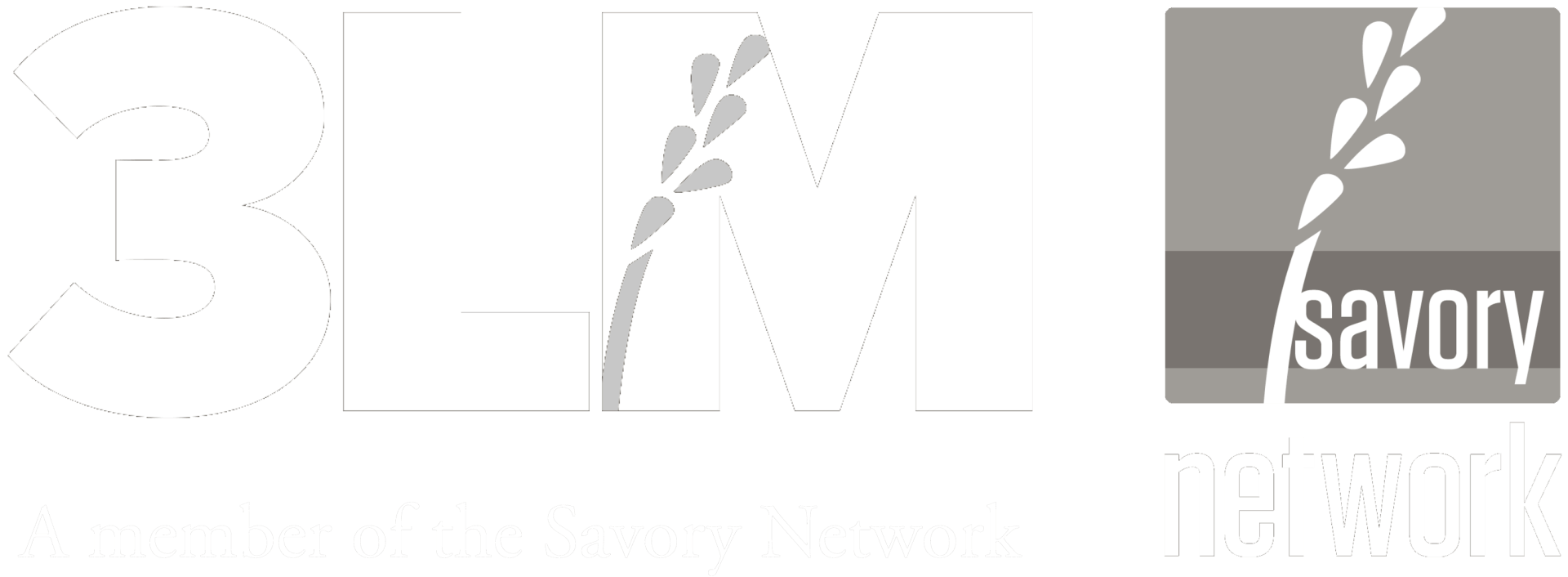Understanding Holistic Context
The Foundation of Holistic Management
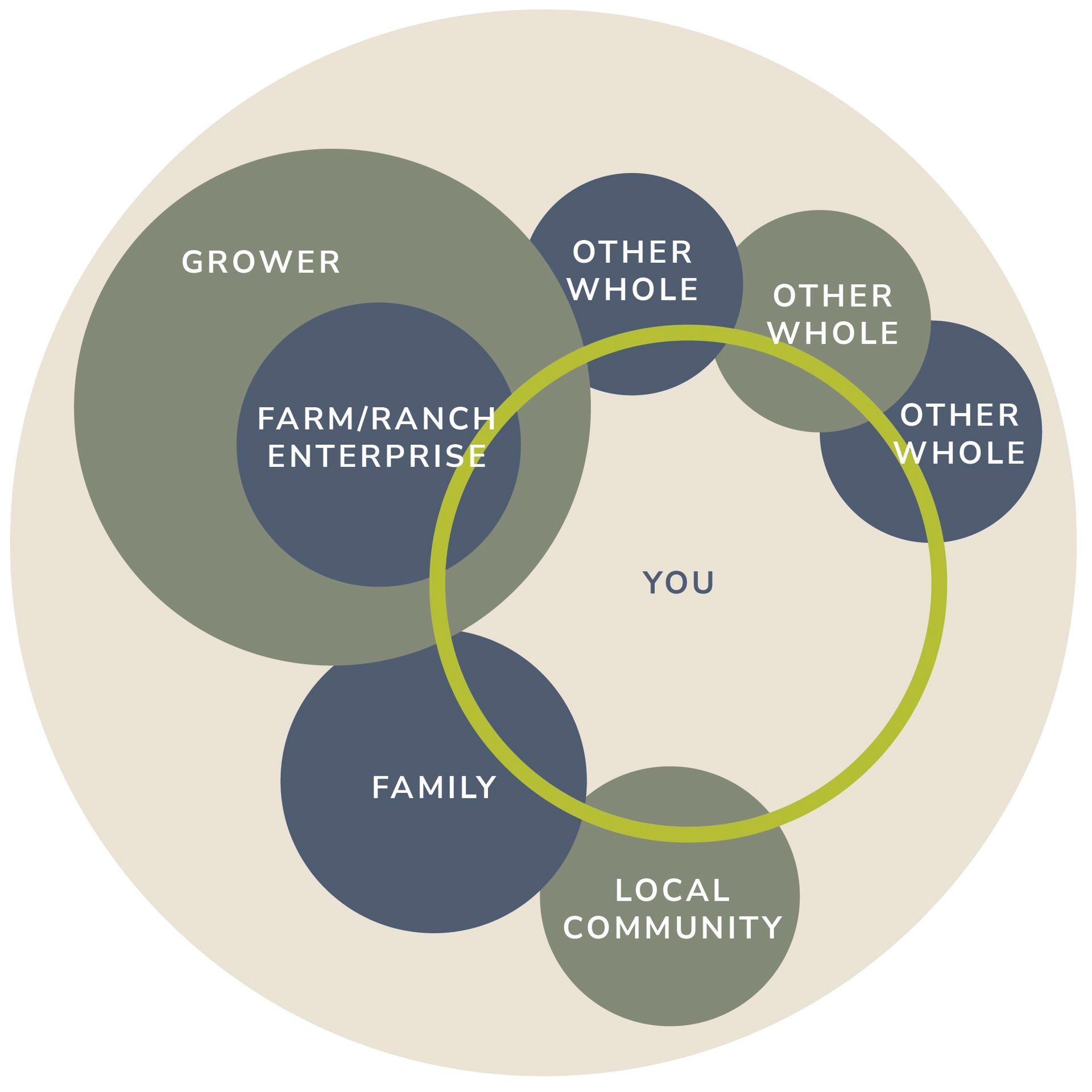
Image above: Wholes within Wholes: We exist as a part of a larger whole, as well as others that overlap and interconnect with other wholes.
Introduction
If you’re familiar with Holistic Management, you’ve likely heard of holistic context—the fundamental guiding principle that shapes all decision-making within the framework. While Holistic Management provides the tools for managing complexity, holistic context is the compass that ensures those tools are applied in a way that aligns with long-term sustainability and well-being.
What is Holistic Context?
Holistic context is a clearly defined statement that articulates what you want, the conditions required to sustain it, and the underlying values that drive your decisions. Unlike a mission statement or a set of goals, a holistic context is dynamic and evolving, adapting as circumstances change.
It consists of three core elements:
- Quality of Life – The kind of life you want for yourself, your family, or your organization. This includes values, relationships, and personal fulfillment.
- Forms of Production – The tangible and intangible outputs necessary to sustain that quality of life, such as food, income, community well-being, or knowledge-sharing.
- Future Resource Base – The state of the environment, economy, and society required to sustain those forms of production over the long term.
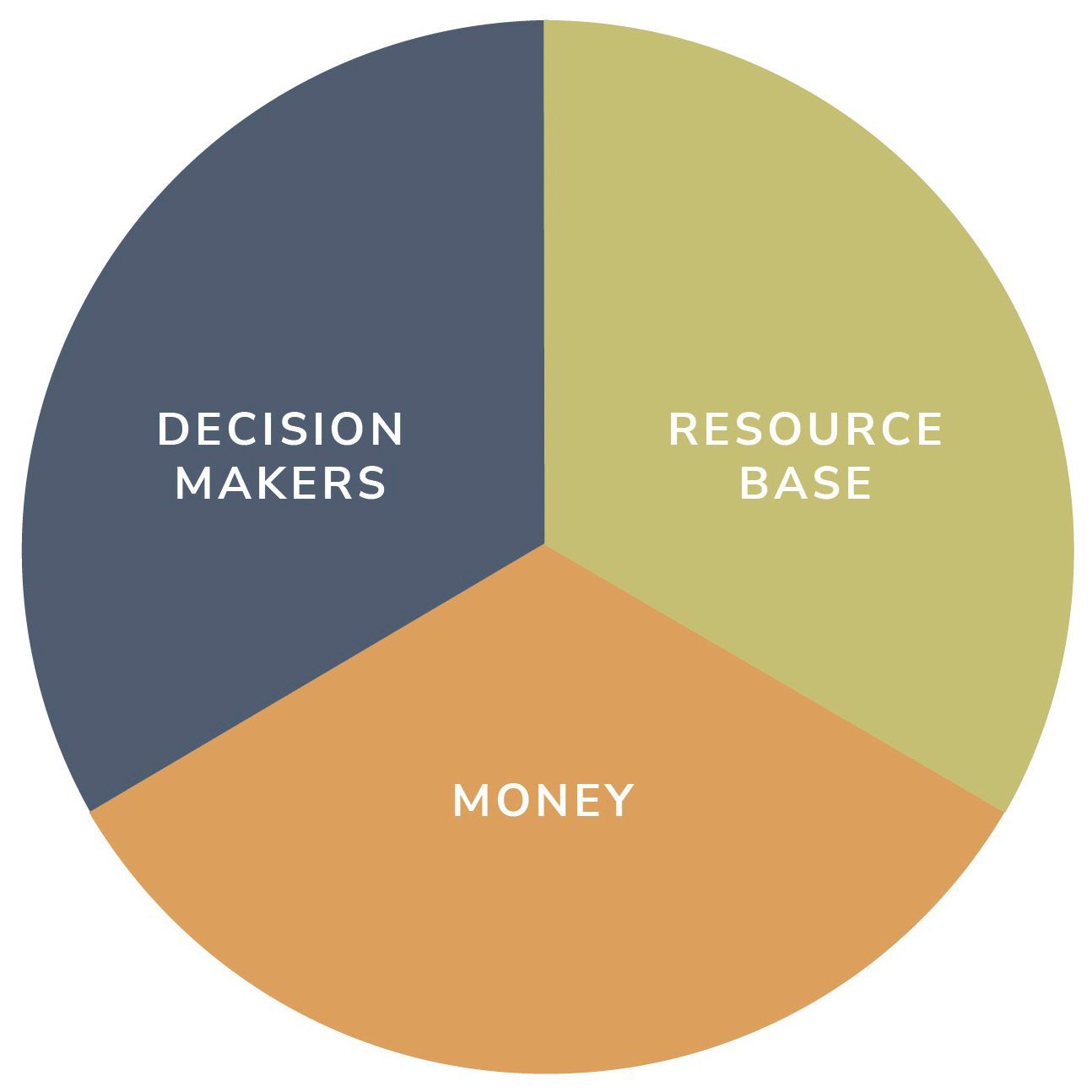
Why Holistic Context Matters
Without a holistic context, decision-making often prioritizes short-term gains at the expense of long-term sustainability. This can lead to unintended consequences like environmental degradation, financial instability, or weakened social structures. Holistic context acts as a decision filter, ensuring that every choice aligns with the broader picture of resilience and well-being.
For example, a farm operating without a holistic context might prioritize maximum crop yields through heavy fertilizer use, leading to long-term soil depletion. In contrast, a farm guided by a well-defined holistic context would prioritize regenerative practices that maintain soil health while ensuring economic viability.
Creating Your Holistic Context
- Define Your Quality of Life Statements – What do you truly value? What kind of life or work environment do you want? Be specific, considering emotional and relational aspects.
- Identify Necessary Forms of Production – Determine what must be produced (goods, income, relationships, skills) to create and sustain your desired quality of life.
- Describe Your Future Resource Base – Envision what your land, community, and economic conditions must look like to maintain your system indefinitely.
- Use It as a Decision-Making Tool – Before making a decision, ask: Does this move me closer to or further from my holistic context?
Conclusion
A well-defined holistic context is essential for applying Holistic Management effectively. It provides clarity, ensuring decisions are made with the long-term health of people, land, and economy in mind. Whether in agriculture, business, or personal life, using holistic context as a decision-making guide fosters resilience, sustainability, and a thriving future.
If you haven't yet defined your holistic context, now is the time—because every decision you make shapes the future you're creating.
Imagine you've been offered a new job in a different city...
Holistic Context can be used as a decision making tool for all aspects of life. To illustrate this on a personal level, imagine you're considering a job offer in a new city.
Without a holistic context, you might base your decision solely on salary or job title.
However, by applying this framework, you'd first consider how the job aligns with your Quality of Life—does it support the lifestyle and values you prioritize?
You'd then assess the Forms of Production—does this job provide not just income, but also the skills, relationships, and work environment that sustain your well-being?
Finally, you'd evaluate the Future Resource Base—will moving to this city enhance or diminish your long-term personal, social, and environmental resources?
Using holistic context as a guide ensures that your decision aligns with your broader vision for a fulfilling and sustainable future.

